Date Issued
Report Number
2015-30-037
Report Type
Audit
Joint Report
Yes
Participating OIG
Treasury Inspector General for Tax Administration
Agency Wide
Yes (agency-wide)
Questioned Costs
$0
Funds for Better Use
$0
Recommendations
The Director, Exam/AUR Policy, Small Business/Self-Employed Division, should ensure consistency in waiving accuracy-related penalties in the AUR Program. This may include, but is not limited to, requiring AUR Program examiners to document on a lead sheet the specific reasons for waiving penalties, managerial review of the nonassertion of penalties, developing and implementing training for first-line managers and their examiners, and revising quality reviews to evaluate whether AUR Program examiners are only waiving accuracy-related penalties in accordance with applicable policies and procedures.
The Director, Exam/AUR Policy, Small Business/Self-Employed Division, should ensure that the AUR system business rules are appropriately identifying cases that meet the accuracy-related penalty criteria and including the appropriate penalty on the taxpayer notice.
The Director, Exam/AUR Policy, Small Business/Self-Employed Division, should continue to research the closed cases that TIGTA identified as having potentially inaccurate accuracy-related penalty amounts (for negligence and substantial understatement of tax liabilities) and, as needed, take the necessary corrective actions if the statute of limitations date has not yet expired.
The Director, Exam/AUR Policy, Small Business/Self-Employed Division, should ensure that the AUR Program addresses negligence as it occurs rather than when a taxpayer becomes a "repeater." Perform a study to determine to what level of understatement it would be beneficial to assess the negligence penalty in instances other than when taxpayers become "repeaters."
Recommendation rejected by IRS
The Director, Exam/AUR Policy, Small Business/Self-Employed Division, should evaluate the effectiveness of the revisions to the CP 2000 Notice and the potential impact it has had on taxpayer satisfaction and compliance.

